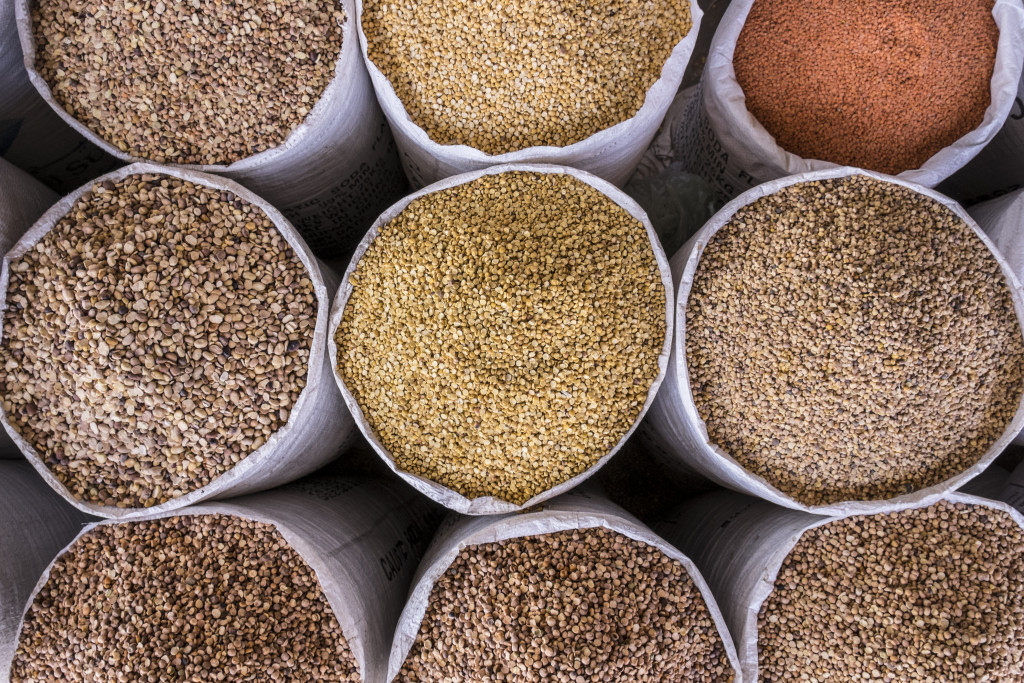
Photo from www.iyp2016.org
Oh hiiii! Or I should say, heho! Forgive me, I’ve been celebrating the Festival Du Voyageur over the last two weeks. Hence the blogging hiatus. Okay, one last time, HEHO!
If you haven’t caught on, over the last little while we’ve really been encouraging you to load up and experiment with legumes. For a refresher on what a legume is, visit our previous blog post. For the next little bit, we’re going to explain the WHY behind the WHAT. It’s your health (and tummy) so you should know our top five reasons for recommending legumes.
- High in protein.
Whether you opt out for a lentil or bean, you’re guaranteed to consume a solid amount of protein. Protein is that good stuff you need to keep you full, maintain muscle, produce enzymes and plays in important role in maintaining our skin.- 1 cup cooked lentils = 18 grams of protein
- 1 cup cooked black beans = 15 grams of protein
- 1 cup cooked kidney beans = 13 grams of protein
_____
- Source of fibre.
Unlike most animal proteins, beans and lentils contain a complex carbohydrate component that is rich in fibre. Beyond just promoting gut health and keeping you regular with washroom visits, fibre does your body an amazing favor by helping to keep blood sugar levels stable. It’s even known to reduce the risk of colon cancer, and, it can lower cholesterol and triglyceride levels to a healthy range. Oh, and one more thing: it keeps you full for longer.___
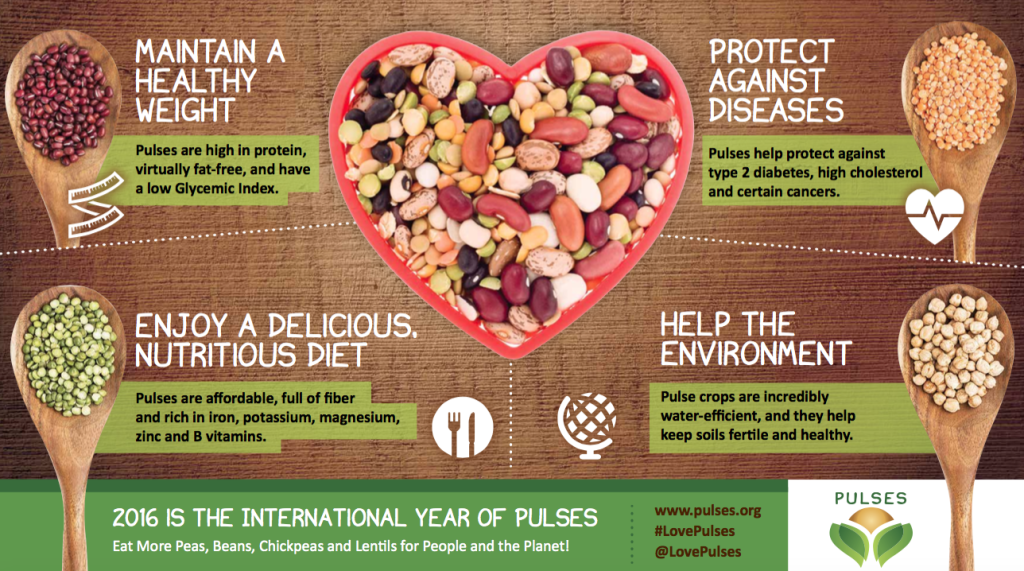
Image from www.pulses.org
- Environmentally friendly.
We’re starting to learn more and more about the agriculture industry. Here’s what we’ve come to know so far:- Growing pulses increases farming biodiversity
- Pulses are highly water efficient (to produce 1 kg of lentils we need 50 litres of water; for same amount of chicken, we need 4325 litres of water)
- Crop residues and byproducts can be use for animal feed making pulses multifunctional
- Pulses produce very little carbon footprint, thus reducing greenhouse gas emissions that pollute our air
- The nitrogen in pulses improves soil fertility
- Okay that’s enough bragging.
- Versatile.
If you’re new to beans and lentils like most of our clients, please take comfort in knowing that these little “big” guys are extremely versatile. You can slowly start incorporating them into meals you already enjoy. Here are a few ideas:- Mix red lentils into your favorite mac and cheese recipe
- Add a can of beans into homemade soups and stews
- Throw in an extra can of beans into your chili
- Add lentils into your hamburger patty mixture
- Mix refried beans into your taco beef
- Throw in ¼ cup of red lentils into your berry smoothie
- Source recipes that use beans for baking like these black bean brownies
- Use lentils in your homemade granola
______
- Economical.
Lentils and beans are extremely gentle on your wallet and help you maximize food dollars. For a fraction of the cost, you get the benefit of protein (see point one) and fibre (see point two) without the saturated fat that animal proteins come with. Note to the universe: I do love me a good steak, or homemade chicken fingers but prefer to enjoy veggie proteins for the bulk of my meals. I did some price checks at my local mom and pop grocer, here’s what I learned:- 1lb extra lean ground beef = $4.99
- 1lb sliced bologna = $3.99
- 1lb chicken legs = $2.49
- 1lb bag dried red lentils = $2.19
So that’s it folks! This rounds up our top 5 reasons for eating pulses. If you’re feeling motivated by all of this information but stumped on how to put this into practice, contact me so we can discuss things further. In the mean time, stay tuned for a load of Carrots and Cake tried and true recipes featuring pulses.
– With Love, Carrots and Cake,

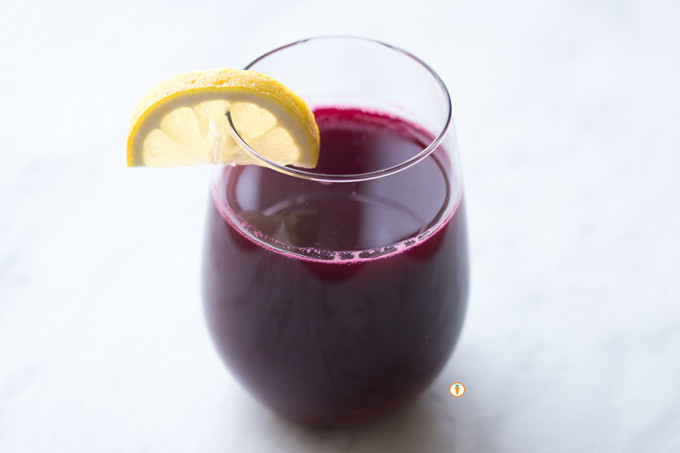
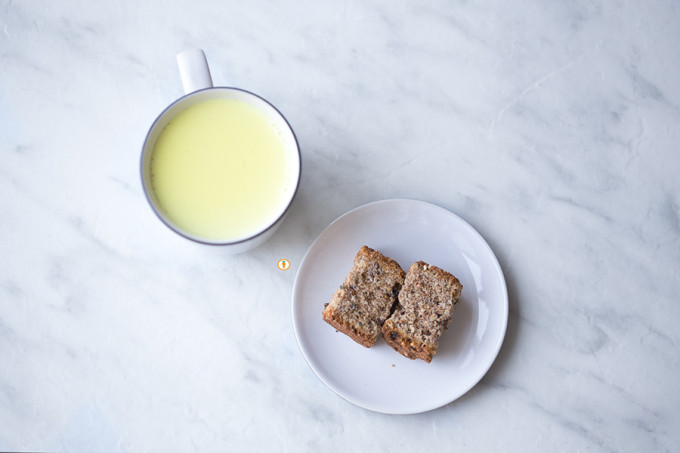
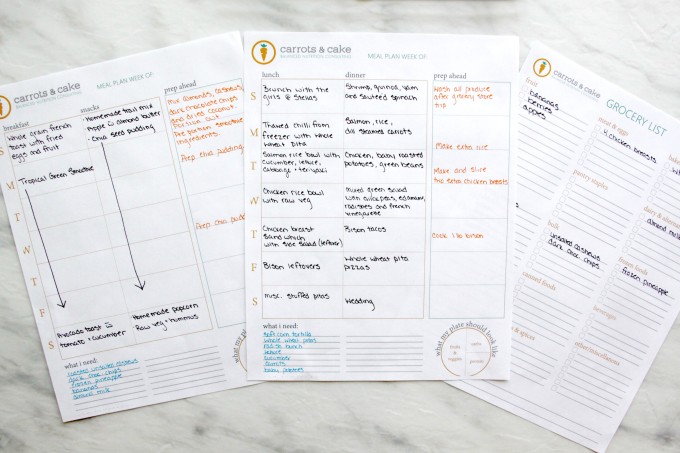

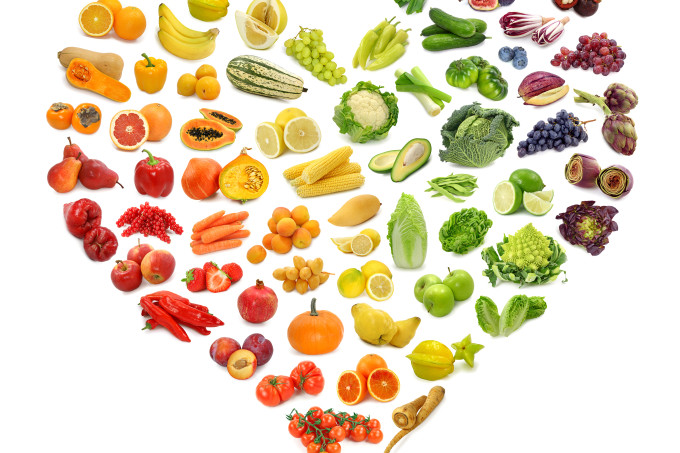
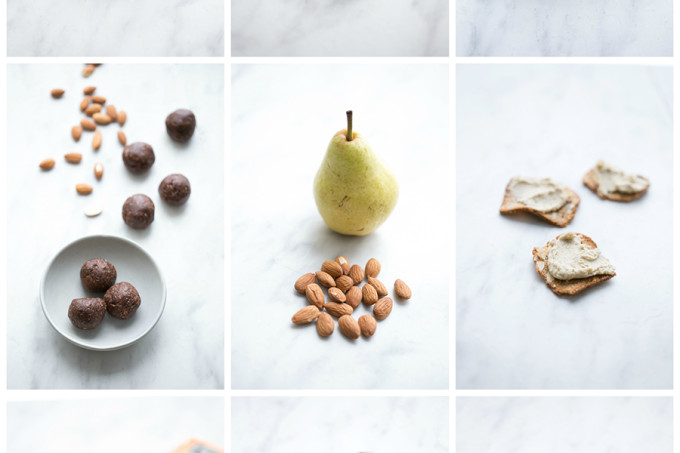
the best you can eat….you are stronger .live long life!!!eat every day!!!